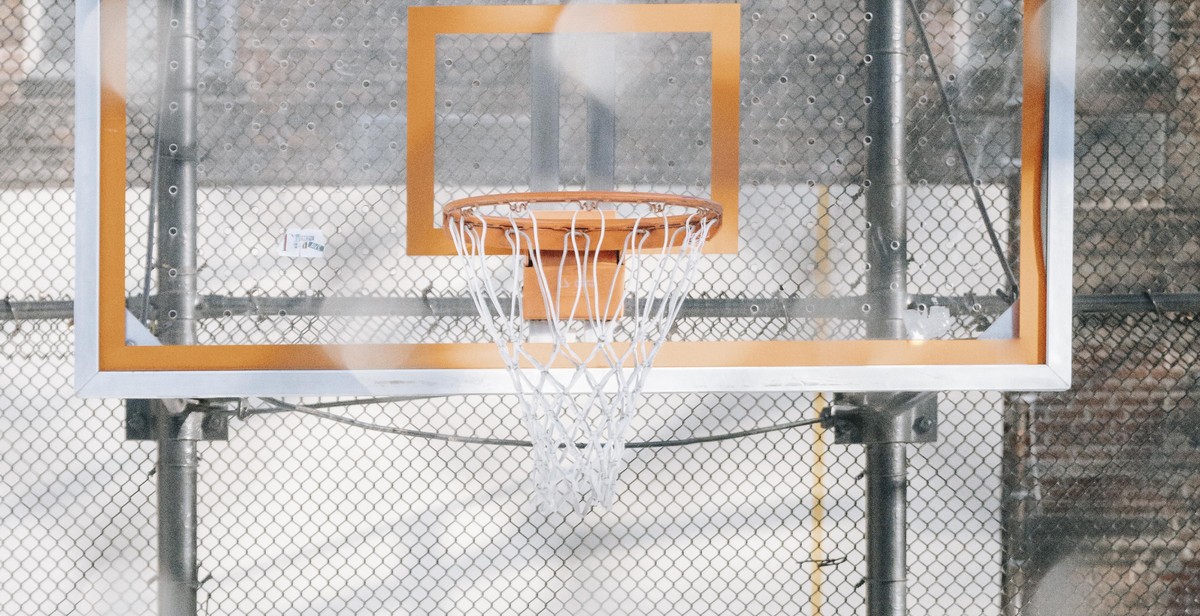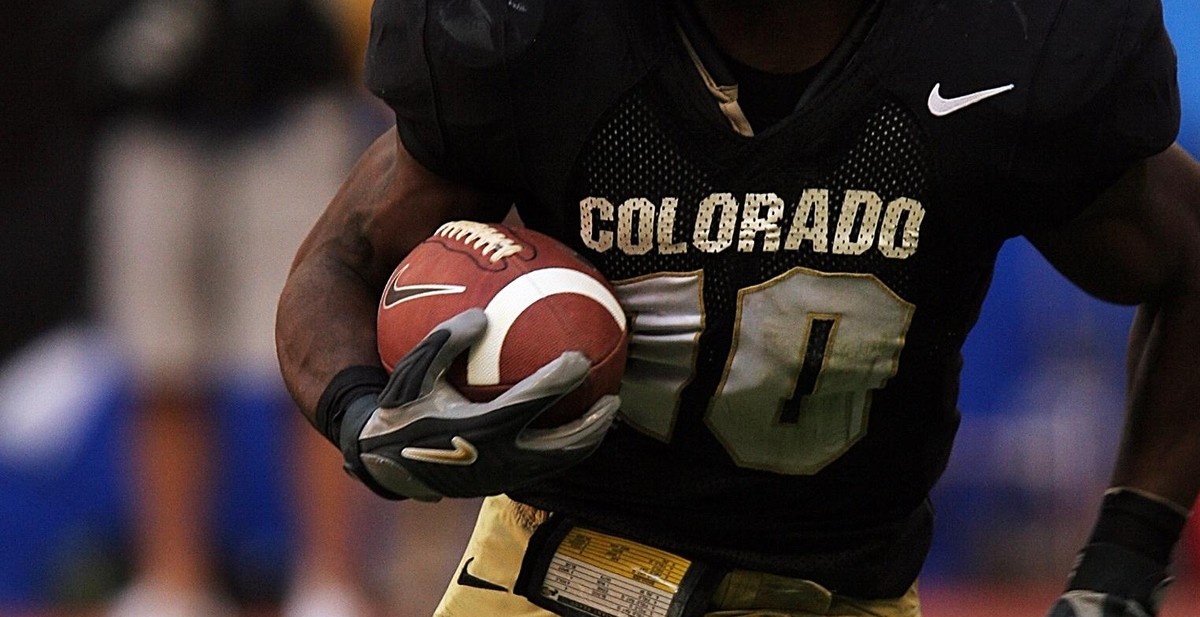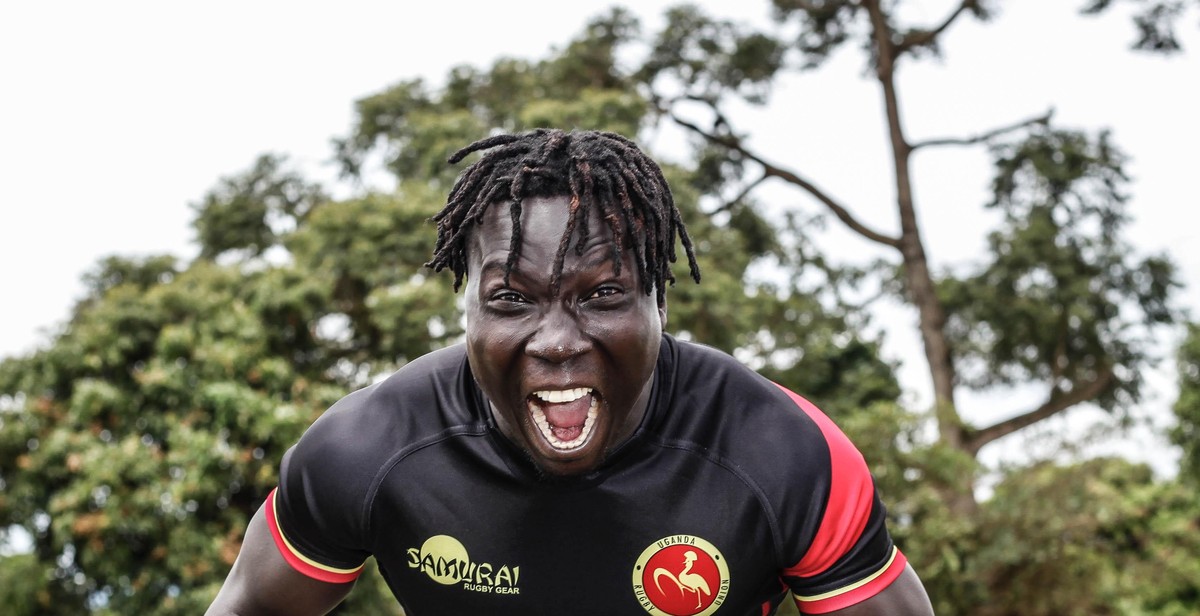How to Choose the Right Rugby Position: Finding Your Strengths on the Field
Rugby is a challenging and physically demanding sport that requires players to have a unique set of skills and abilities. One of the most critical decisions a rugby player can make is choosing the right position on the field. Whether you’re a beginner or an experienced player, finding the right position can make all the difference in your performance and enjoyment of the game.
Why Choosing the Right Rugby Position is Important
Each rugby position has its own set of responsibilities and requires specific skills and attributes. Choosing the wrong position can lead to frustration, poor performance, and even injury. On the other hand, playing in the right position can help you excel and contribute to your team’s success.
There are fifteen positions on a rugby team, each with its unique set of roles and responsibilities. These positions are divided into two main categories: forwards and backs. Forwards tend to be larger and more physical players who focus on winning possession of the ball and gaining ground, while backs are typically smaller and faster players who are responsible for scoring points.
In this article, we’ll explore the different rugby positions and the skills required for each one. We’ll also discuss how to identify your strengths and weaknesses to help you choose the right position on the field.
Understanding Rugby Positions
Before choosing a rugby position, it is important to understand the difference between forwards and backs. The forwards, also known as the pack, are typically larger and stronger players who focus on the physical aspects of the game such as scrums, lineouts, and rucks. The backs, on the other hand, are typically smaller and more agile players who focus on running, passing, and scoring.
The Different Rugby Positions and Their Roles
Forwards
| Position | Role |
|---|---|
| Prop | Provides stability in the scrum and helps push the scrum forward. |
| Hooker | Throws the ball into the lineout and is responsible for hooking the ball in the scrum. |
| Lock | Provides strength and power in the scrum and lineout. |
| Flanker | Responsible for winning the ball in the rucks and tackling the opposition. |
| Number Eight | Controls the ball at the back of the scrum and provides support in attack and defense. |
Backs
| Position | Role |
|---|---|
| Scrum-Half | Distributes the ball from the base of the scrum and rucks to the fly-half. |
| Fly-Half | Controls the game by directing attacking moves and orchestrating the backline. |
| Centre | Runs hard lines and creates space for wingers and fullback to attack. |
| Wing | Uses speed and agility to finish off attacking moves and score tries. |
| Fullback | Provides a last line of defense and counterattacks with speed and skill. |
Choosing the right rugby position is crucial for success on the field. By understanding the different roles and responsibilities of forwards and backs, as well as the specific duties of each position, players can find their strengths and make a valuable contribution to their team.

Assessing Your Physical Attributes
When it comes to choosing the right rugby position, it is important to assess your physical attributes to find your strengths on the field. Here are some key factors to consider:
Size and Strength
Rugby is a physically demanding sport that requires a lot of strength and power. Your size and strength will play a big role in determining which position is best for you. If you are larger and have good upper body strength, you may be well-suited for positions such as prop, hooker, or lock. These positions require a lot of physicality and strength in scrums and lineouts.
On the other hand, if you are smaller and more agile, you may be better suited for positions such as scrum-half, fly-half, or wing. These positions require speed and agility, as well as the ability to make quick decisions and react to the movements of other players on the field.
Speed and Agility
Speed and agility are crucial in rugby, especially for positions such as wing or fullback. These positions require players to be able to run quickly and change direction on a dime. If you have good speed and agility, you may also be well-suited for positions such as flanker or center, which require a combination of speed and physicality.
Endurance
Rugby is a high-intensity sport that requires a lot of endurance. Players need to be able to run for extended periods of time and maintain their energy levels throughout the game. If you have good endurance, you may be well-suited for positions such as flanker, number eight, or center, which require players to be on the field for long periods of time and make a lot of tackles.
| Physical Attribute | Positions |
|---|---|
| Size and Strength | Prop, hooker, lock, flanker, center |
| Speed and Agility | Wing, fullback, flanker, center |
| Endurance | Flanker, number eight, center |
Assessing your physical attributes is an important step in finding your strengths on the rugby field. Consider your size and strength, speed and agility, and endurance when choosing which position to play. Remember, there is a position for every type of player, so take the time to find the one that suits you best.

Assessing Your Skills and Abilities
Before choosing the right rugby position, it’s important to assess your skills and abilities in different areas of the game. Here are the main areas to consider:
Ball Handling and Passing
Ball handling and passing are essential skills for all rugby positions. If you have strong hands and good hand-eye coordination, you may excel as a scrum-half or fly-half. These positions require quick and accurate passing skills, as well as the ability to read the game and make decisions on the fly.
Kicking
Kicking is an important skill for several positions, including fullback, fly-half, and scrum-half. If you have a strong leg and good accuracy, you may excel in these positions. Fullbacks are responsible for kicking for touch and field goals, while fly-halves and scrum-halves need to be able to kick for distance and accuracy under pressure.
Tackling and Defense
Tackling and defense are essential skills for all rugby players. If you have good speed, strength, and agility, you may excel as a flanker or winger. These positions require strong tackling skills and the ability to read the game and anticipate the opposition’s moves.
Scrummaging and Lineouts
Scrummaging and lineouts are important skills for forwards in particular. If you have good upper body strength and good technique, you may excel as a prop or hooker. These positions require strong scrummaging and lineout skills, as well as the ability to push and drive in the scrum.
By assessing your skills and abilities in these areas, you can begin to narrow down the positions that may be best suited to your strengths on the field. It’s important to remember that rugby is a team sport, and each position plays a vital role in the success of the team.

Choosing Your Rugby Position
When it comes to playing rugby, finding the right position is crucial to your success on the field. Each position requires a different set of skills and physical attributes. Here’s a breakdown of the different positions and what you can expect from each one:
Front Row
The front row consists of the loosehead prop, hooker, and tighthead prop. These players are the foundation of the scrum and require strength and technique to hold their own against the opposition. If you’re a powerful player with a low center of gravity, the front row might be the position for you.
Second Row
The second row is made up of the lock forwards. These players are responsible for providing the power in the scrum and are also key players in the lineout. If you’re tall and strong with good jumping ability, the second row could be your position.
Back Row
The back row consists of the flankers and number 8. These players are usually the fastest and most agile on the team, with excellent tackling and ball-carrying skills. If you’re a dynamic player with a high work rate, the back row could be the ideal position for you.
Halfbacks
The halfbacks are the scrum-half and fly-half. These players are responsible for directing play and making decisions on the field. The scrum-half is typically a quick and agile player, while the fly-half requires excellent kicking and passing abilities. If you’re a natural leader with good decision-making skills, the halfback position could be a good fit for you.
Centers
The centers are the inside and outside center. These players are responsible for both attacking and defending, requiring good passing, tackling, and kicking skills. If you’re a well-rounded player with good vision and a strong defensive game, the center position could be a good option for you.
Wingers
The wingers are the players on the edges of the field. They need to be quick, agile, and have excellent ball-handling skills. If you’re a speedy player with good footwork and the ability to beat defenders, the winger position could be a good choice for you.
Fullbacks
The fullback is the last line of defense and is responsible for catching high balls and making crucial tackles. They also need to be able to counterattack and kick the ball effectively. If you have good spatial awareness, excellent catching skills, and a strong kicking game, the fullback position could be the perfect fit for you.
| Position | Skills | Attributes |
|---|---|---|
| Front Row | Strength, technique | Powerful, low center of gravity |
| Second Row | Power, jumping ability | Tall, strong |
| Back Row | Tackling, ball-carrying | Fast, agile, high work rate |
| Halfbacks | Decision-making, passing, kicking | Quick, agile, natural leader |
| Centers | Passing, tackling, kicking | Well-rounded, good vision, strong defense |
| Wingers | Ball-handling, speed, footwork | Quick, agile |
| Fullbacks | Catching, tackling, kicking | Good spatial awareness, excellent catching skills, strong kicking game |
Conclusion
Choosing the right rugby position can make all the difference when it comes to your success on the field. By understanding your strengths and weaknesses, as well as the demands of each position, you can make an informed decision that will help you perform at your best.
Remember, rugby is a team sport, and each position has a specific role to play in achieving success on the field. Whether you are a big, strong forward or a quick, agile back, there is a position that is right for you. Take the time to assess your skills and abilities, and don’t be afraid to try out different positions to find the one that suits you best.
Putting It All Together
Here are some key takeaways to keep in mind as you choose your rugby position:
- Consider your physical attributes, such as size, strength, and speed, when choosing a position.
- Think about your skills and abilities, such as tackling, passing, and kicking, and how they fit with the demands of each position.
- Be willing to try out different positions to find the one that suits you best.
- Remember that rugby is a team sport, and each position has a specific role to play in achieving success on the field.
By following these guidelines and putting in the hard work and dedication required to succeed in rugby, you can find the right position and excel on the field.
